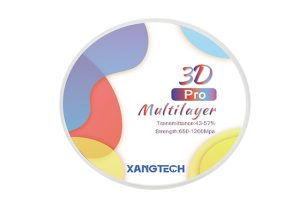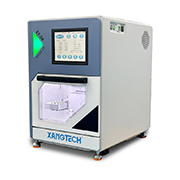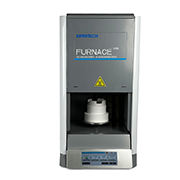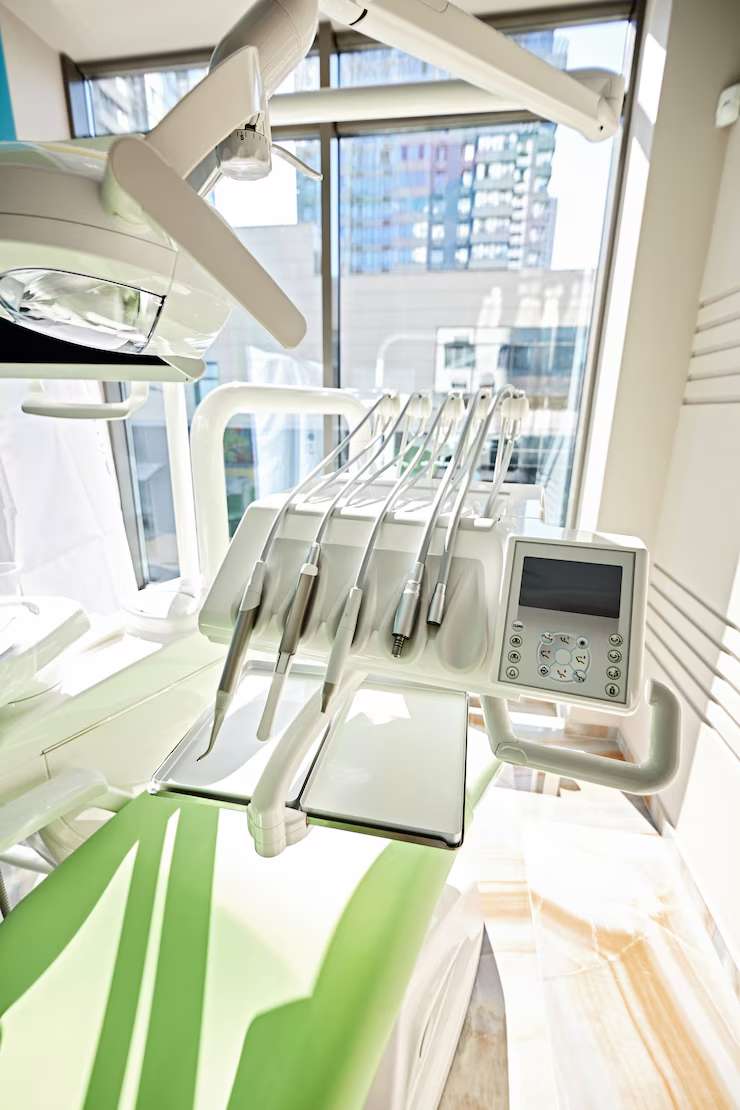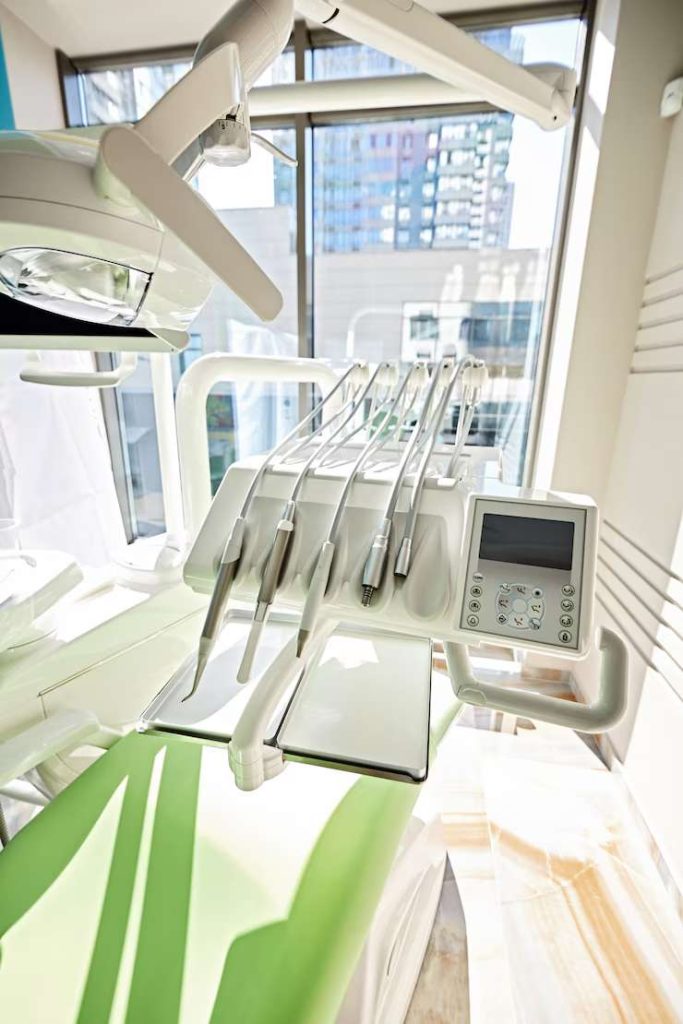What Are Dental Milling Burs and Why Do They Matter?
Dental milling burs are precise tools for crafting dental restorations like crowns, bridges and inlays. These small tools are key to turning digital designs into real dental pieces.
How Do Milling Burs Work in Restorations?
Milling burs are used in the CAM part of the CAD/CAM process. They carve dental blocks to shape restorations. It starts with a digital scan of the patient’s mouth. CAD software creates the design. Then, a CAM milling machine uses burs to sculpt materials like zirconia or PMMA.
The process requires accuracy. Larger burs shape roughly at first. Smaller ones refine details for a smooth finish.
What Materials Can Burs Mill?
Milling burs handle different materials based on their coating and design.
Uses in Crowns, Bridges e Inlays
Restorations like crowns, bridges, inlays and onlays are made with these tools. For example, XANGTECH’s High Translucent Pre-Shaded Zirconia Block is popular for its strength and natural appearance.
Fit with CAD/CAM Systems
Dental Cad Cam Milling Burs are designed for precision, working with open systems. Milling Bur is a versatile, high-accuracy tool for open CAD/CAM systems and standard dental machines.
Types of Dental Milling Burs
Each type of bur has unique perks based on its material. Knowing these helps dentists choose the best tool.
Why Choose Carbide Milling Burs?
Traits of Carbide Burs
Carbide burs are tough and wear-resistant. They often use carbide or special coatings for durability. They stay sharp even after heavy use.
When to Use Carbide
Carbide burs are great for rough shaping or softer materials like PMMA or wax. Their strength fits both temporary and permanent restorations.
Why Use Zirconia Milling Burs for Precision?
Features of Zirconia Burs
Zirconia’s dense nature needs specific burs. XANGTECH’s Milling Bur cuts smoothly and works with materials like zirconium, ideal for detailed tasks without damage.
Strength and Durability Benefits
Zirconia burs cut cleanly with minimal shake. This gives smoother surfaces needing less extra work, perfect for zirconia blocks focused on looks.
Are Diamond-Coated Burs Worth It?
Benefits of Diamond Coating
Diamond-coated burs are very hard, ideal for ceramic glass like lithium disilicate blocks. Their coating reduces heat while cutting, protecting the material.
Best Uses for Diamond Burs
They’re great for finishing where smooth surfaces are key. They work well for restorations needing little polishing, especially aesthetic ones.
Introducing XANGTECH and the Milling Bur Series
Who Is XANGTECH?
With 11 years of experience, Nanyang Liandong Biotechnology Co., Ltd. provides trusted solutions for professionals in over 20 countries. At XANGTECH, we supply top-quality dental lab materials, like zirconia blocks, PMMA discs, wax blocks, lithium disilicate ceramics and milling burs.
What’s Special About Milling Burs?
Performance of Milling Burs
Milling Burs cut efficiently with a smart design. They speed up work while easing machine strain, delivering fast results without losing quality.
Material Fit and Longevity
Milling burs are suitable for common dental materials such as zirconium, CrCo alloy, PMMA and wax. Their strong build ensures a long life, even with heavy use.
Experience with Milling Burs
Milling burs offer great value and steady performance. They’re ideal for small-to-medium labs balancing budget and high-quality results across restorations.

Choosing the Right Dental Milling Bur
What to Think About When Picking a Bur?
Restoration Type and Material
Match the bur to the material, like zirconia or PMMA and restoration type, like a crown or bridge, for best results. Use diamond-coated burs for glass ceramics and carbide for Dischi PMMA from XANGTECH.
Machine Fit and Speed
Make sure the bur suits your system, whether open or proprietary and handles proper speeds without overheating or dulling fast.
How Does Bur Size Affect Restorations?
Roughing vs. Finishing
Big burs remove material quickly for rough shaping. Small ones focus on fine details. Using both ensures speed and precision.
Effect on Surface and Accuracy
Smaller finishing burs create smoother surfaces, cutting down on polishing. This matters for aesthetic materials like XANGTECH Super Translucent Pre-Shaded Zirconia Block, which need a natural look.
Caring for Your Milling Burs
When to Replace Burs?
Swap burs when cutting slows or edges wear out. Regular changes prevent flawed restorations from uneven cuts or heat buildup.
Cleaning and Maintenance Tips
Clean burs after use with non-corrosive solutions to avoid buildup that dulls blades or throws off balance.
Storage Tips
Keep burs in dry places with protective cases to avoid damage or contamination between uses.
Avoiding Mistakes That Shorten Bur Life
Don’t use one bur for mismatched materials; it wears them out faster. Also, set up bur size, speed and material density correctly.

Domande frequenti
Q: What’s the difference between carbide, zirconia e diamond milling burs?
A: Carbide burs are durable for soft-to-mid-hard materials; zirconia burs cut dense ceramics cleanly; diamond-coated burs give smooth finishes for delicate glass ceramics like lithium disilicate blocks.
Q: How do I know if my fresatura bur is worn out?
A: Look for more vibration, slower cutting, frayed edges under magnification, or restorations needing extra post-work.
Q: Can I use one fresatura bur for different materials?
A: It’s not wise. Using one bur across materials like zirconia or PMMA from XANGTECH wears it out fast due to varying hardness. Match the bur to the material.

